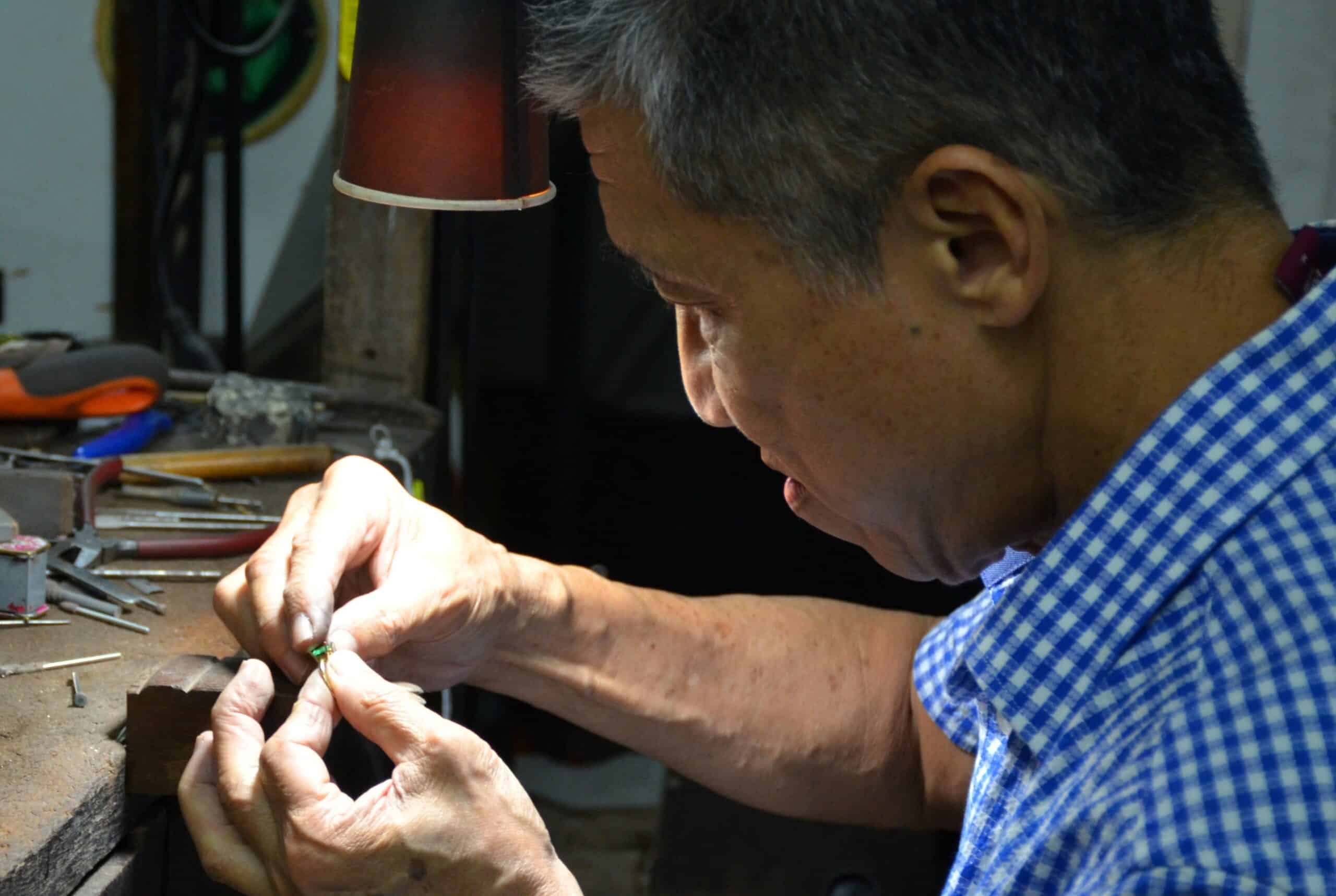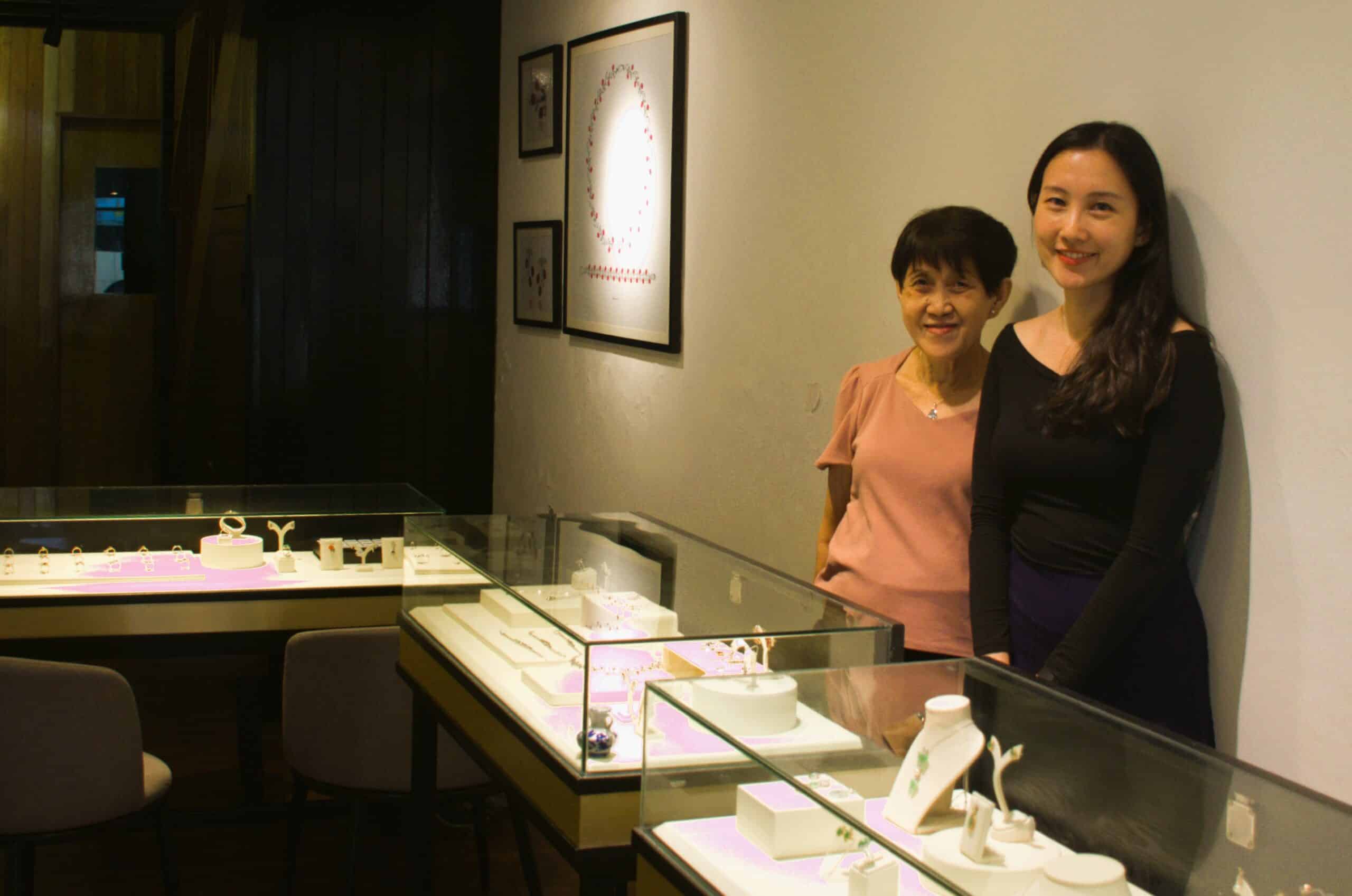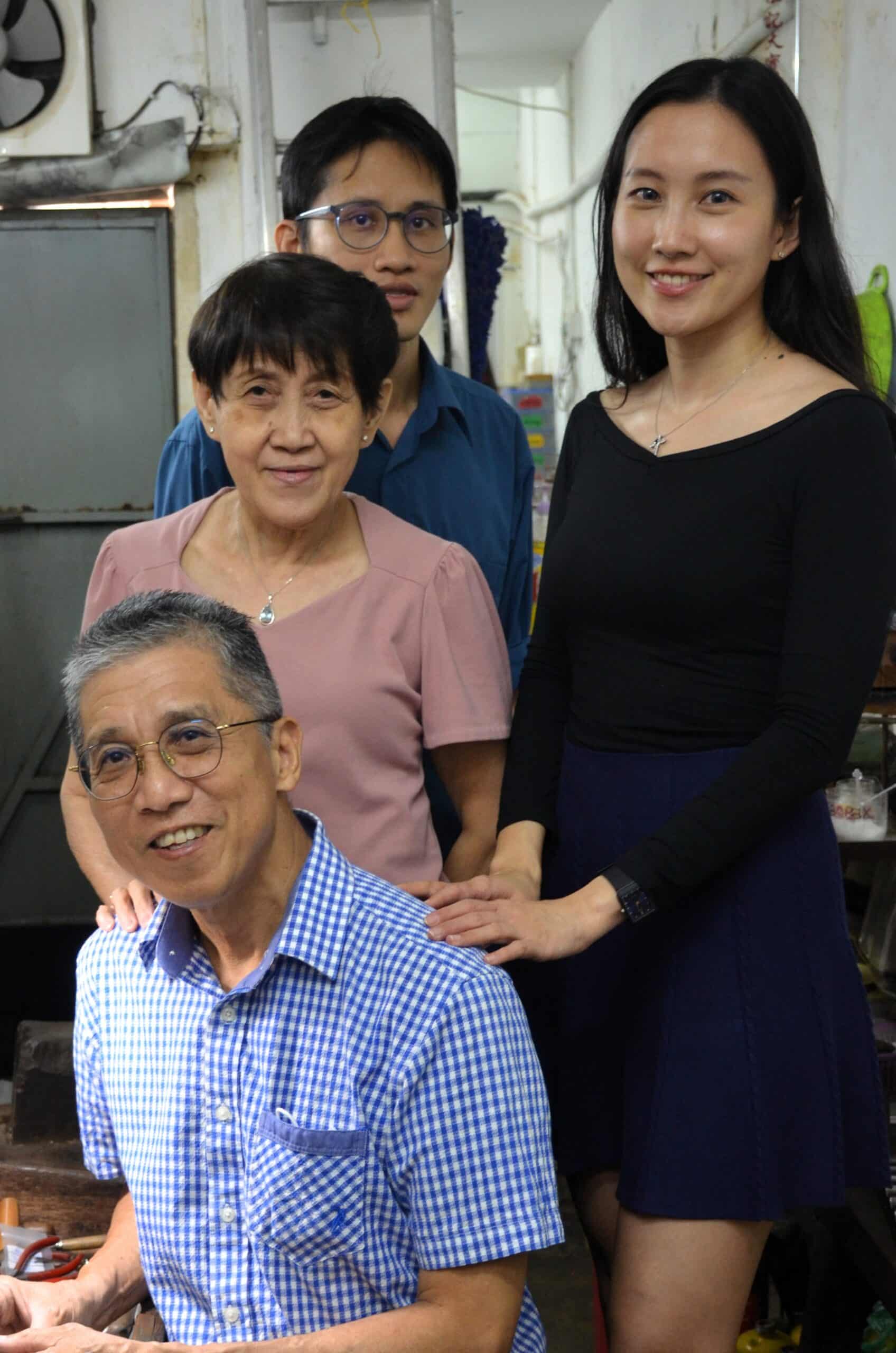Heritage Tourism: A Double-Edged Sword for George Town, Penang
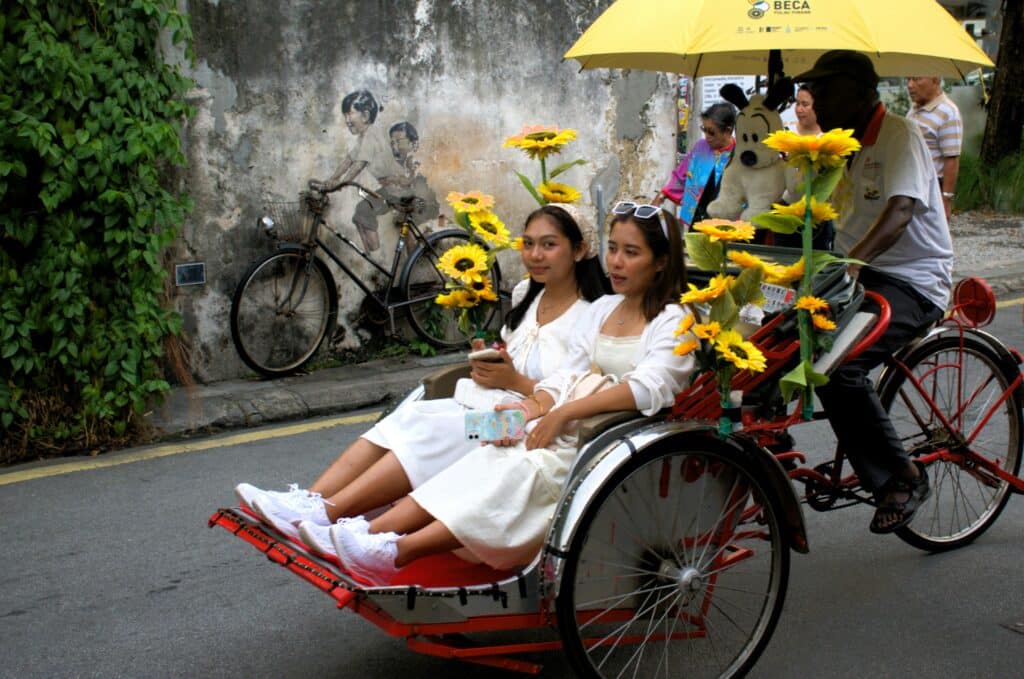
Malaysia is a melting pot of cultures, and the island of Penang is its most perfect example. It’s hard to describe exactly what makes it so wonderful. Penang is such a strong blend of culture and history; everything, from the food to the architecture to the natural environment, tells a story of people living together. It’s one of the biggest reasons tourists love to visit. Since 2008, when the main city George Town was inscribed as a UNESCO World Heritage Site, tourists flocked to Penang to savour the food, see the sites, and indulge in ‘heritage tourism’. Every day, you can see walking tours searching for the Insta-famous street art peppered across the Heritage Zone. However, heritage tourism is a double-edged sword; what they think is cultural heritage is, in fact, a brilliant tourism campaign promoting the historic image of Penang at the cost of the locals who live it. It’s the key question for Responsible Travel: how do we balance the benefits of tourism with the lives of local people?
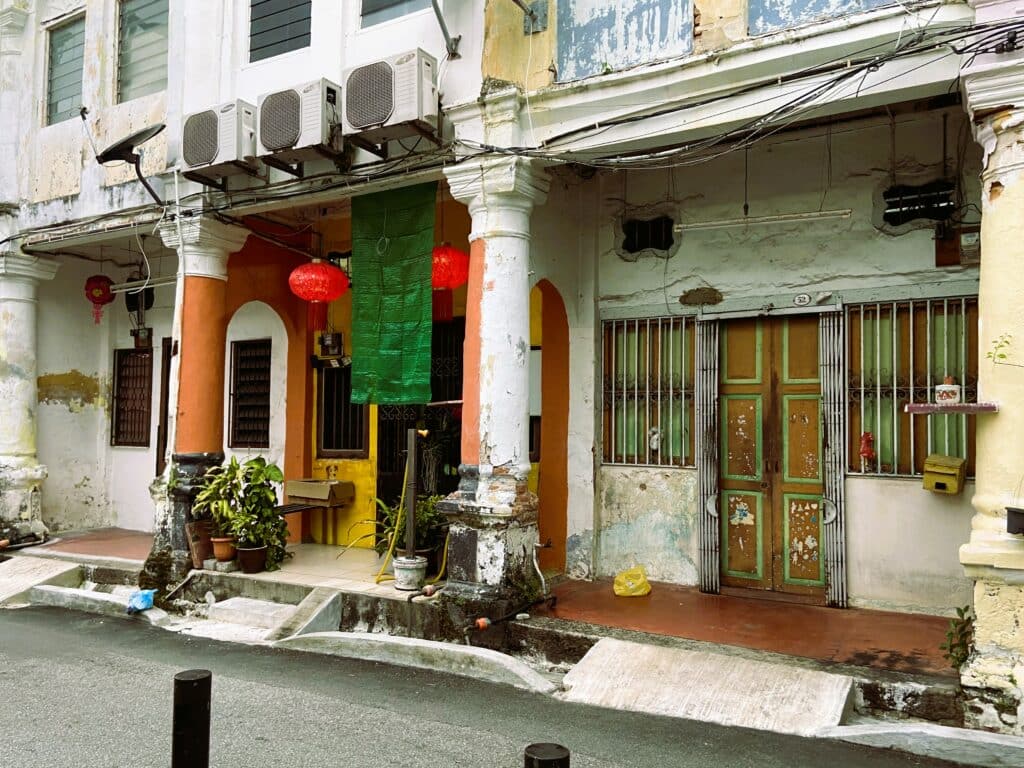
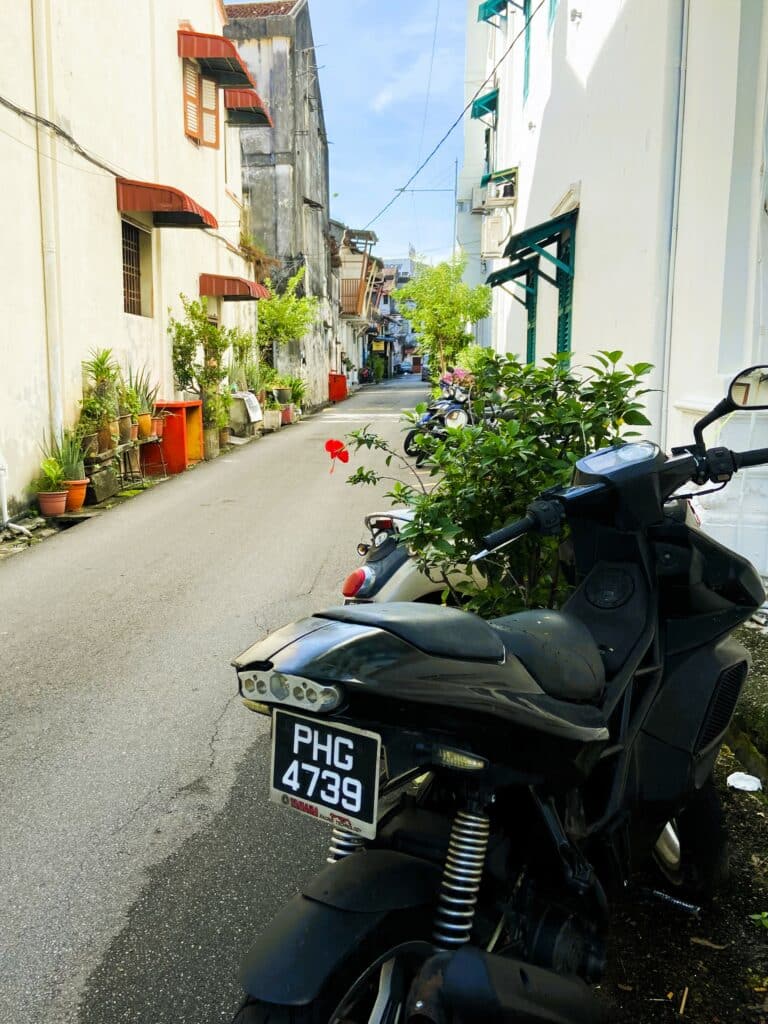
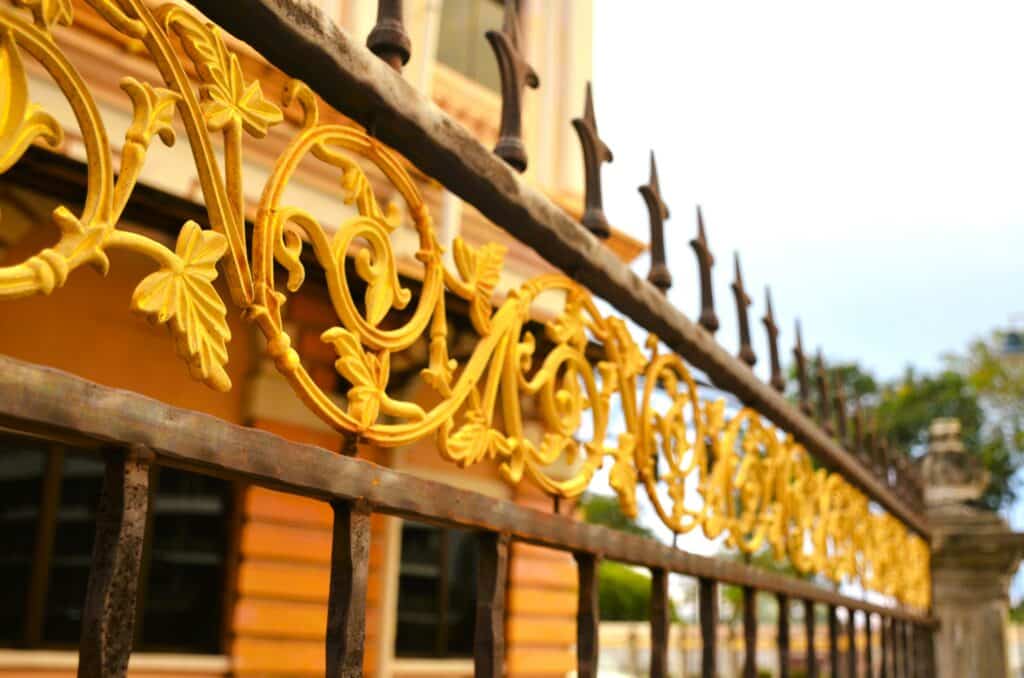
A Quick History Lesson on Penang
UNESCO is not the first authority to note Penang’s cultural significance. Before George Town was recognised for its Colonial architecture, the island of Penang had already become a hotspot for travellers from around the world. From as early as the 9th century, Muslim merchants visited from India and the Middle East, bringing their food, language, and religion as well as their wares. The Portuguese and the Dutch joined soon after. By the time Captain Francis Light came with the British East India Company (BEIC) in 1786, Penang had already developed a bustling lifestyle, with many cultures living side by side.
When we hear about George Town’s UNESCO status, it’s mostly about the historic colonial architecture and the history relating to Captain Light. Penang’s modern history began when the Sultan of Kedah gave the island of Penang to Light in exchange for British military support. Light immediately commissioned the construction of Fort Cornwallis, one of the core features in George Town’s heritage listing. However, word in the hostels and food markets today shows most travellers no longer visit the Fort. They prefer to wander the streets for murals and art less colonial in its storytelling.
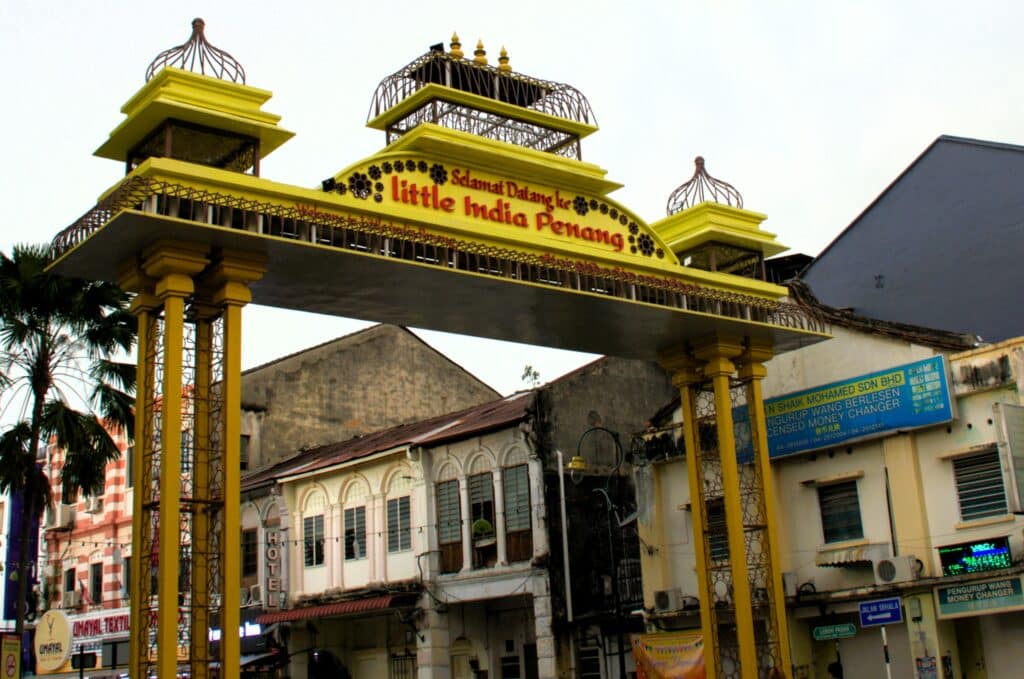
Searching for Street Art in Penang
Instagram is filled with travel pics featuring George Town’s art. It started with Kuala Lumpur-based Sculpture at Work and their commissioned steel rod caricatures depicting the daily lives of people in Penang. The project was initially to celebrate the UNESCO listing, but the creators saw it as an opportunity to immortalise the residents and small businesses at the heart of the cultural heritage. It was important for the artists to express their views on the true identity of George Town: it’s people.
As local authorities and big businesses renovated the city, rising rents and eager developers pushed many residents out of the city, either taking their businesses with them or losing them altogether. Much of George Town’s cultural heritage is linked to people and trades that lived on the streets. If it were not for the Sculpture at Work street art, much of this history would be lost–even with the UNESCO listing. More artists have joined the outdoor gallery, creating murals and displays that capture real Penang people in everyday activities. Some of the most popular ones include painted images of children with a freestanding item like a bicycle, or interacting with the iconic Blue Dog.
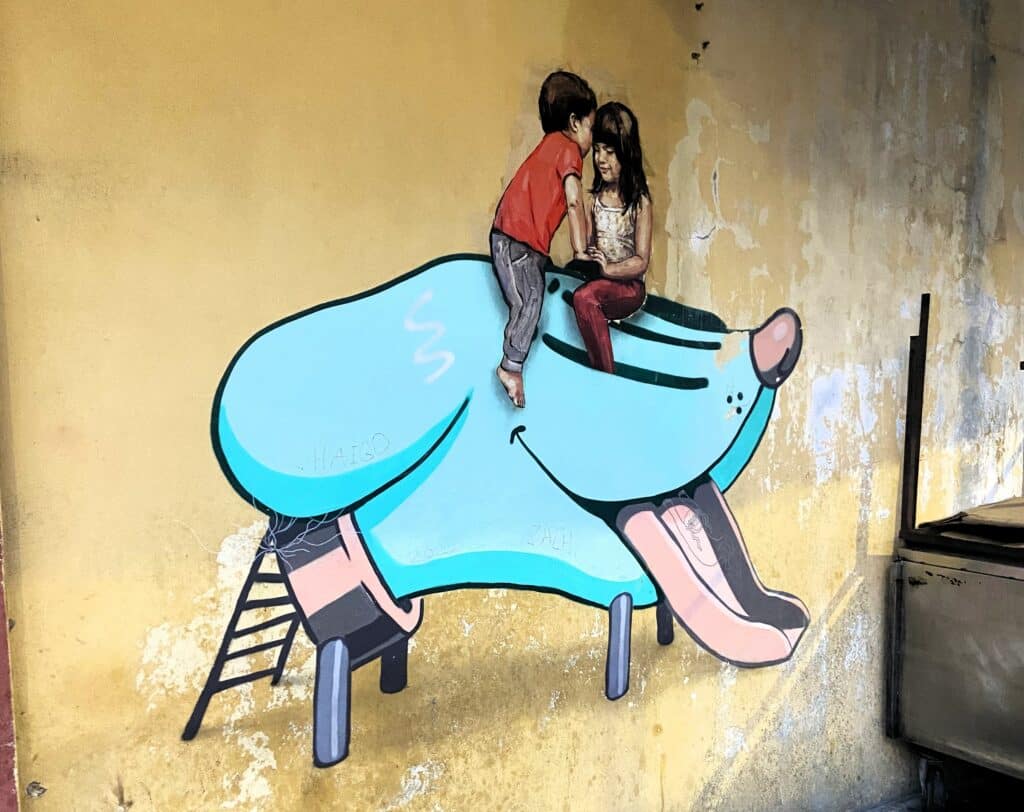
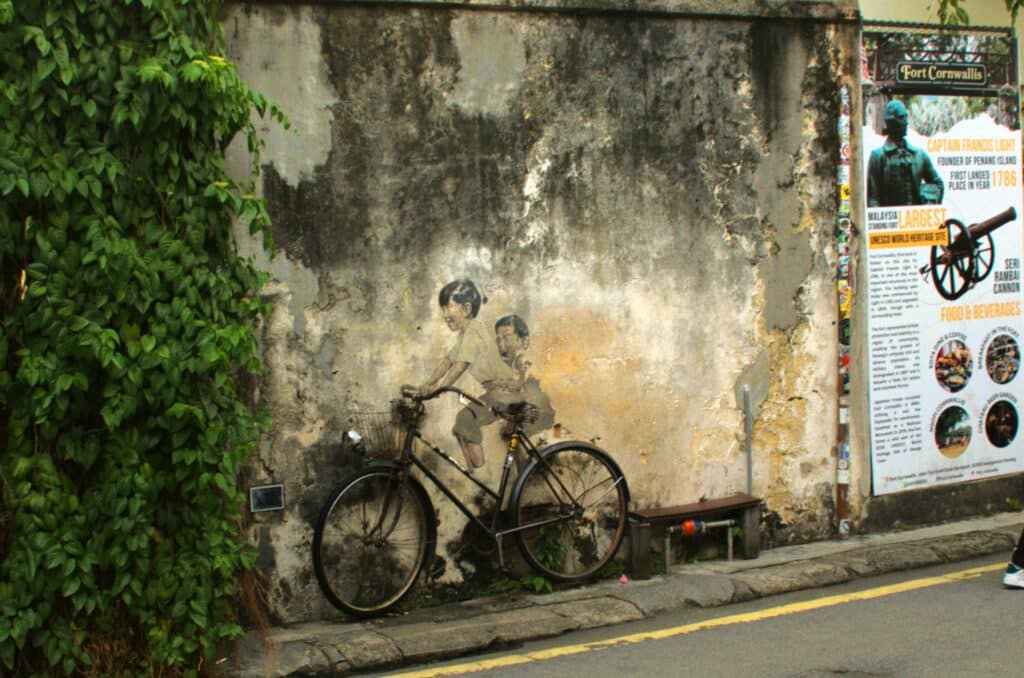
Art at the Heart
Strangely enough, it is the art of Penang that keeps the cultural heritage alive. A great example of this is Lebuh Chulia, or Chulia Street. It lies at the southern end of George Town’s cultural zone, leading into Little India and down to the famous jetties. Originally, Lebuh Chulia was home to many Indians who came from the coastal areas of Tamil Nadu, previously known as the Chola Kingdom. Around the late 19th century, there was an influx of ethnic Chinese who moved into the area. These two communities grew together, sharing many cultural elements such as food and art. Chulia Street is still known today as a highlight for any foodie tour, filled with street hawkers and night markets. Due to its tourism appeal, it has also been one of the biggest victims of gentrification. As the popularity of Lebuh Chulia rose, many of the locals were forced to move to other areas, usually more central on the island and away from the regular flow of traffic. While a small number of businesses remain, there is a broad spectrum to include those who adapted and those who survived.
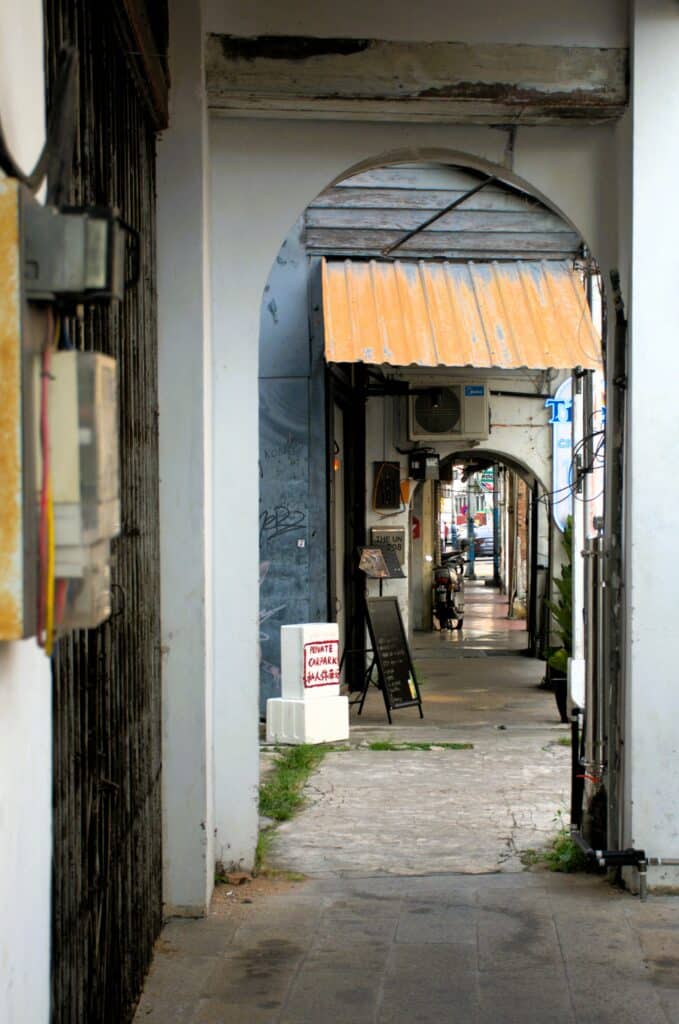

Jude Ng is one of a handful of skilled traders who still works on Lebuh Chulia. For over 50 years, Jude has created his jewellery using skills and tools passed to him by his father. Today, the whole family shares in the business, Kae Jih Jewellers. His daughter, Dorothy Jen, is the third generation to continue the family art with her own business, Dorothy Jen Atelier. Not only does Dorothy craft beautiful jewellery in both traditional and contemporary styles, she also offers workshops to the public, sharing her family’s craft with the world.
Sure, tourists may come for the colonial architecture and storytelling street art. But the real cultural heritage is found in Dorothy’s stories. It may seem like a simple lesson in ring or charm making, but as she shares her skills, Dorothy naturally welcomes us into her cultural heritage while she talks about her family’s legacy in George Town. Her workshops are a brilliant example of how experience activities can safeguard the intangible cultural heritage of George Town while still giving tourists the best souvenir possible: a connection with their own travel experience.
Next door to Kae Jih Jewellers is The Frame Guesthouse. What was once a three-story heritage frame shophouse is now redesigned as a clean, though minimalist, hostel. It is an excellent place to stay on a street filled with many budget hostels and boutique hotels claiming to share in George Town’s heritage status. However, where Jude Ng’s jewellery workshop has survived the modernisation of George Town, The Frame is a ‘poster child’ of contemporary refits to meet the needs of the tourist dollar. Lebuh Chulia’s long-lasting appeal to budget tourists makes The Frame’s evolution seem almost inevitable.
Two blocks over, WRITER Stationery Store has strived to offer the best of both worlds. On one hand, the venue offers a very modern cafe-and-shop, specialising in stationery supplies, hip clothing, and cool, refreshing drinks. The building is clearly repurposed and refitted for a younger clientele, with little to no recognition of the history before it. It even comes complete with an Air BnB listing for upstairs. Idyllic for creative travellers and digital nomads.
On the other hand, the store itself is filled with books and art from local artists. There are notebooks with covers featuring The Habitat eco-reserve on top of Penang Hill. There are bookmarks woven with Malaysian Batik designs. There is a range of wooden stamps that capture the same artistic style as the street art on the walls just outside the store. There is no denying WRITER Campbell can’t maintain the heritage architecture in George Town. Instead, they have made great efforts to protect the intangible cultural heritage of the artists who tell the history.
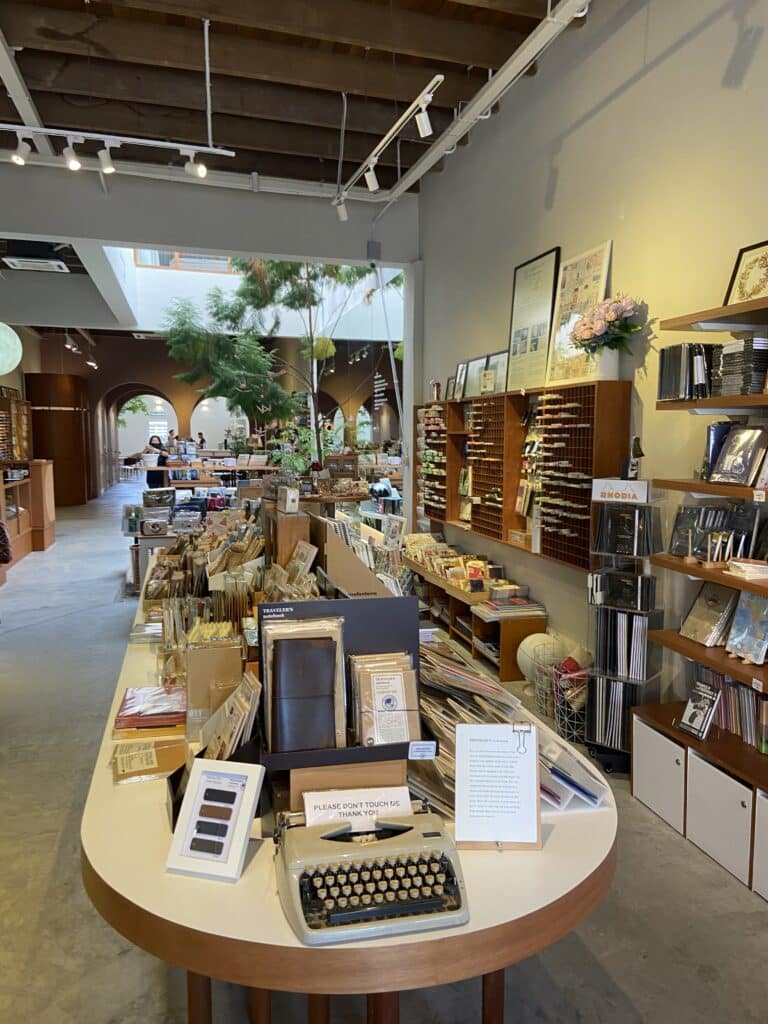
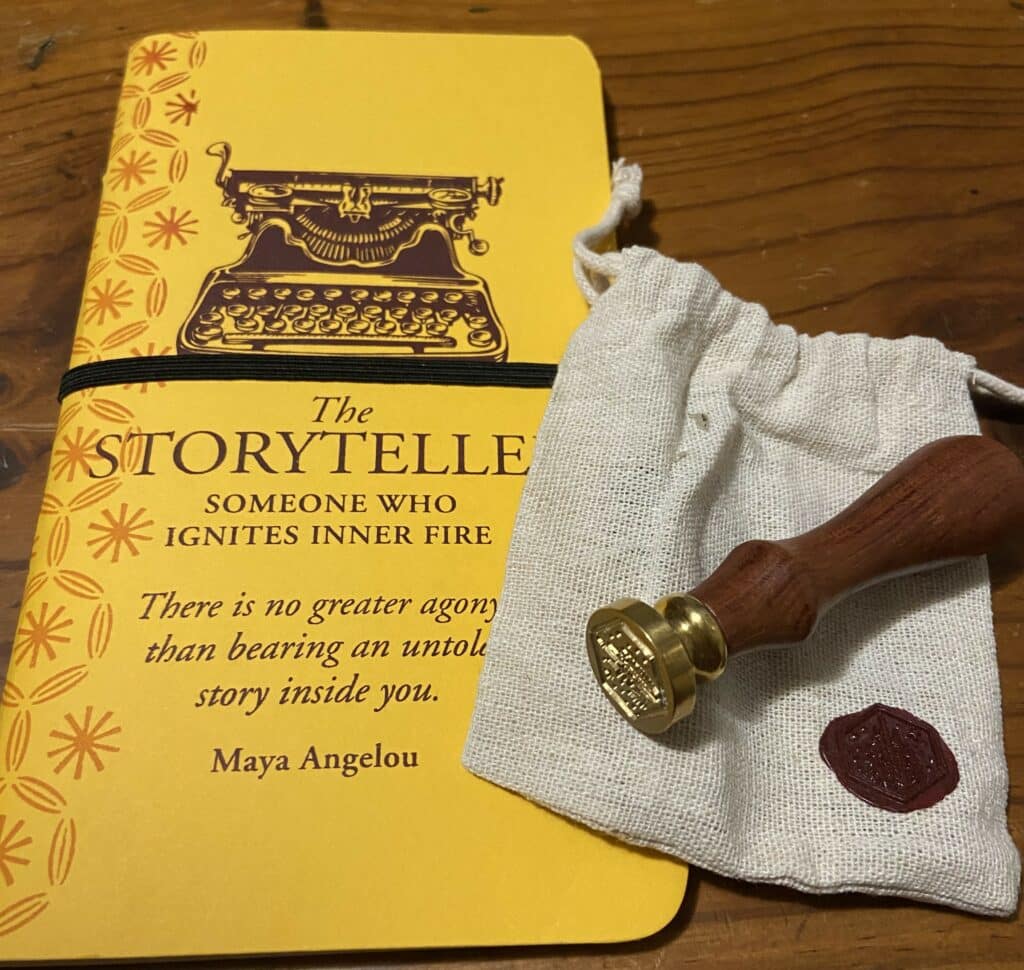
The Future of Heritage Tourism in George Town
George Town still remains a significant cultural site, both historically and as an example of how multiculturalism can thrive. There is something uniquely special about Penang when everything around you seems to blend the history and culture of the people. Ordering food becomes a history lesson in how the Chinese migrants were wooed by Indian curry mixed with local indigenous spices grown on the island. Art becomes a lesson in fashion as European fabrics are highlighted with Malaysian Batik designs. Ancient ceramic practices are given contemporary twists to create beautiful crockery served in French-style patisseries. There is absolutely no way to pinpoint any specific cultural identity because the people of Penang have learned to live together and make it their own.
This makes it difficult for the city of George Town to establish its path into the future. Even before its UNESCO listing, the city authorities embraced heritage tourism as a post-industrial path to economic growth and independence. The difference today is that we now have a way to reconnect with the people at the heart of the culture through their art and their experiences. Rejuvenating the buildings and areas has attracted more tourists eager to see this melting point simmer with rich flavours. Perhaps the best way forward is to reward those willing to still hold a hand with the past. Those who understand the importance of intangible cultural property and not just the sanctity of historic buildings. It’s time to be honest with ourselves and recognise Penang’s biggest drawcard is the art and the storytelling. As travellers, we can learn a lot from that.
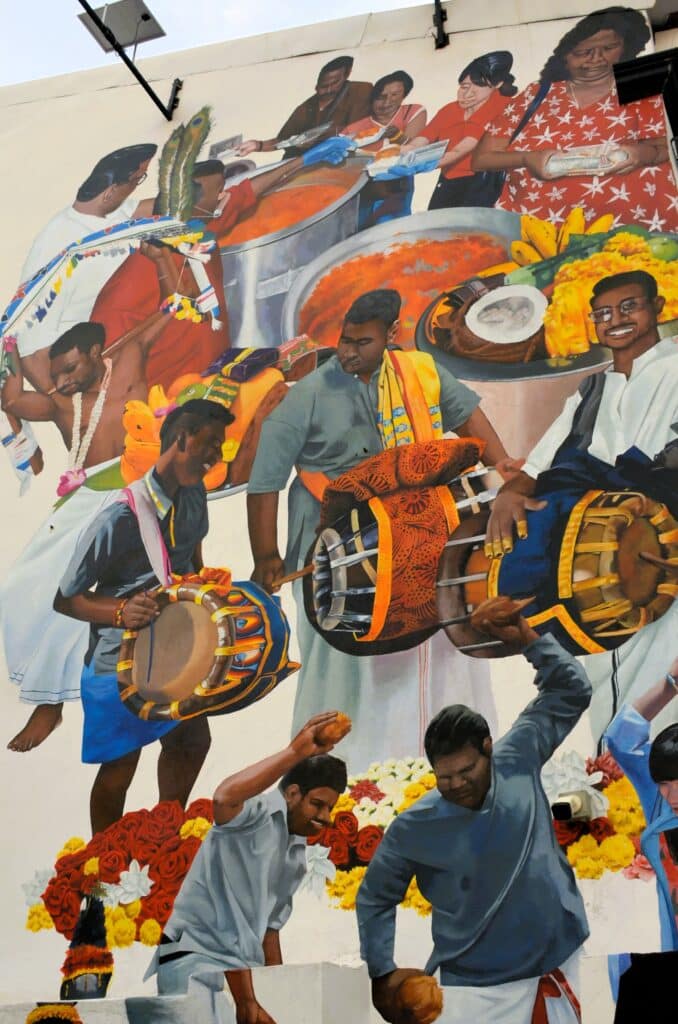
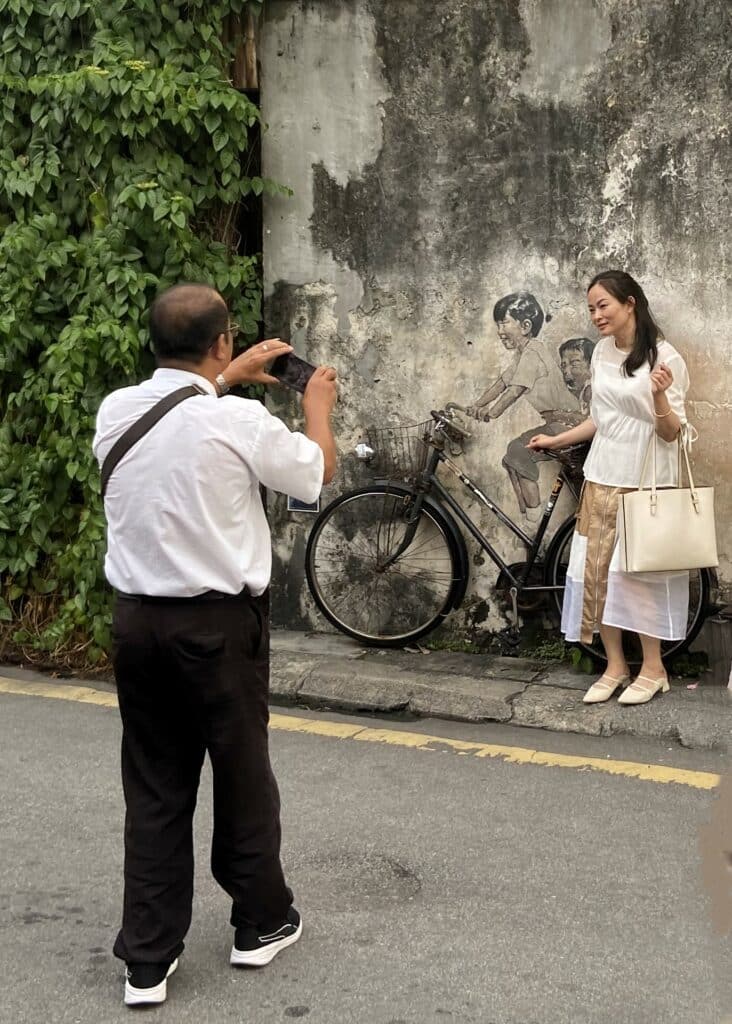
Search, Compare and BOOK Your Stay in Penang


